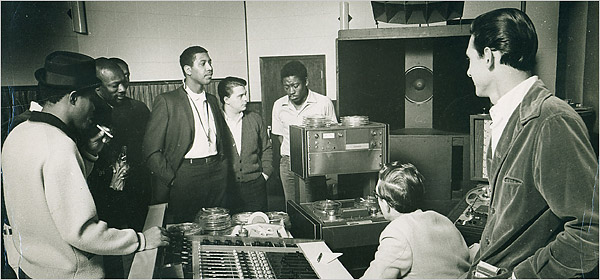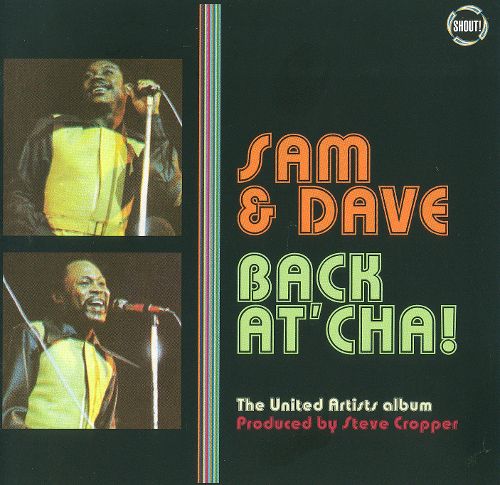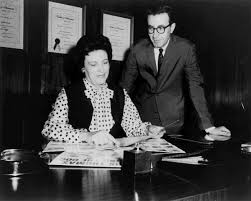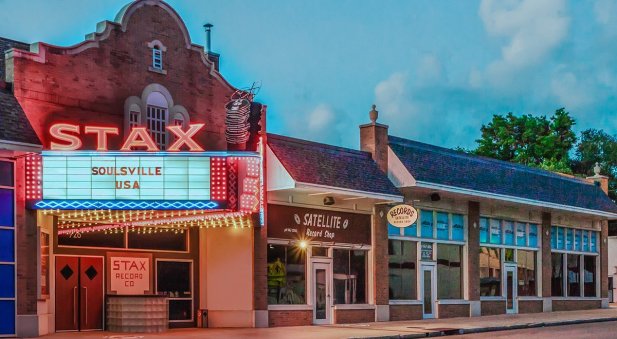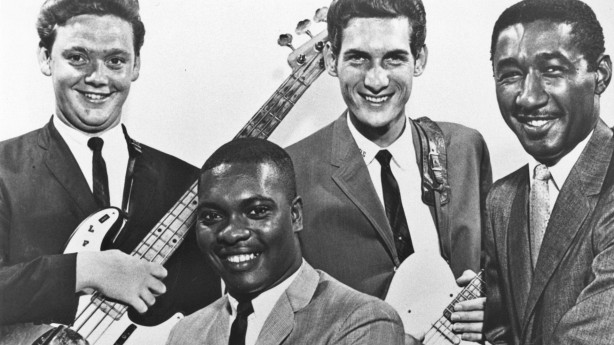Much of my blog focuses on rock, blues and soul, so I imagine some of the more regular visitors may be surprised to see a post about Hall & Oates. Well, in addition to the aforementioned genres, I also listen to pop, though not as often as I used to. Two recent events put Hall & Oates back on my radar screen, where they essentially had not been much since the ’80s.
Earlier this year, my wife said she wanted to see the duo during their upcoming U.S. tour. Since our music tastes are different and she usually doesn’t accompany me to concerts I visit, I felt somewhat obliged to buy two tickets. A few weeks thereafter, a guitarist I know well told me he thinks Hall & Oates are the best blue-eyed soul act – certainly a bold statement. Both of these events inspired this post.
Daryl Hall (born Daryl Franklin Hohl on October 11, 1946 in Pottstown, Pa.) and John Oates (born John William Oates on April 7, 1948 in New York City) first met in Philadelphia in 1967 during a musical competition where they were each leading their own band. After realizing they dug the same music and were both students at Philly’s Temple University, they ended up spending time together and sharing apartments. In 1970, they also decided to work worth together professionally and formed a musical duo.
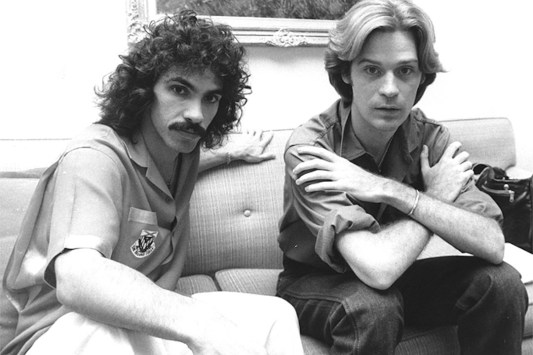
Hall & Oates got their first contract with Atlantic Records and released their debut album Whole Oats in November 1972. After their first three records, which weren’t very successful, they switched to RCA Records. Their eponymous fourth album, the first with the new label, yielded their first U.S. top 10 single Sara Smile, which climbed to no. 4 on the Billboard Hot 100 in June 1976. They have since released 14 additional studio albums, the most recent of which, Home For Christmas, appeared in October 2006.
The duo’s most successful period were the ’80s with a series of platinum and multi-platinum albums and hits like Kiss On My List, Private Eyes, I Can’t Go For That (No Can Do) and Maneater. Their catalog also includes 12 live and numerous compilation records. With an estimated 40 million albums sold, Hall & Oates are the best-selling music duo in history. In April 2014, they were inducted into the Rock & Roll Hall of Fame. They are also in the Songwriters Hall of Fame and rank at no. 18 on Billboard’s Greatest of All Time Hot 100 Artists. Time for some music!
While back in the ’80s I mostly listened to Hall & Oates’ straight pop tunes, including the above mentioned hits, these days I’m more fond of their soul oriented tracks. My preference is clearly reflected in the following song choices. I’d like to kick things off with Fall In Philadelphia, written by Hall and included on the duo’s 1972 studio debut.
She’s Gone is another nice song with a soul vibe. Credited to both musicians, it first appeared on their sophomore album Abandoned Luncheonette released in November 1973. When the track was first released as a single in February 1974, it was popular in the Philly market but didn’t gain much traction nationally. She’s Gone ended up becoming a national hit when Atlantic Records re-released the single in 1976, peaking at no. 7 on the Billboard Hot 100. At the time, Hall & Oates had already switched to RCA Records and had just scored a top 10 success with Sara Smile. Clearly, Atlantic’s decision to make a quick buck off their former contracted artists paid off handsomely – we call it riding the gravy train!
In January 1977, Hall & Oates released Rich Girl as a single from their fifth studio album Bigger Than Both Of Us. It’s another co-write, and it became their first of six no. 1 hits on the Billboard Hot 100.
With the arrival of the ’80s, Hall & Oates adopted a more straight pop-oriented sound, which brought them their most commercially successful decade. Their ninth studio album Voices from July 1980 became their first platinum record, fueled by the hits Kiss On My List and You Make My Dreams. Here’s Every Time You Go Away, written by Daryl Hall. Similar to She’s Gone, it would take a few more years before the song became a major hit. In this case, it was a cover by English vocalist Paul Young, released in February 1985, which hit the top 10 in various countries, including the U.S. (no. 1), Ireland (no. 2), Norway (no. 2) and the U.K. (no. 4).
In 1985, Hall & Oates performed at New York’s storied Apollo Theater. According to Something Else!, when the duo was invited to play there, they immediately had the idea to ask The Temptations to join them and reached out to Eddie Kendrick and David Ruffin. “David and Eddie were always friends of mine,” Hall told WATD. “So, I called Eddie and asked if he wanted to come on stage — and they hadn’t really worked together that much. At that time, they weren’t working together. It was sort of a reunion for them, and a reunion for them and me. It was one of those serendipitous, amazing moments in life where full circles come around — where my origins met my present. It’s really hard to describe.” Here’s their take of Stax classic When Something Is Wrong With My Baby. Co-written by Isaac Hayes and David Porter, the song was first recorded and released by Sam & Dave in 1967 – my kind of soul tune I can go for (yes can do)!
For the last track in this post, I’m jumping to Hall & Oates’ 14th studio album Change Of Season from March 1990. It features a nice cover of another Stax recording, Starting All Over Again. Written by Phillip Mitchell, the tune was released by Mel & Tim as a single in June 1972. It was the title track of their second studio album that appeared in July that year. Hall & Oates also released their cover as a single. It peaked at no. 10 on the Billboard Adult Contemporary Chart and no. 14 on the Canadian charts. It did not chart on the Billboard Hot 100 or in the charts of any other countries. That’s unfortunate. Personally, I take that cover any day over their smash ’80s hits like Maneater or Private Eyes, but I guess I’m out of touch, though hopefully not out of time! 🙂
Frankly, until my wife told me about their upcoming U.S. tour in August and September, I wasn’t even aware Hall & Oates are still performing together. I only knew about Daryl Hall and his online and TV series Live from Daryl’s House. Well, it turns out that while Hall & Oates haven’t released a new studio album since October 2006, they have been touring quite actively over the past few years. And why not?
Their current schedule for this year shows dates all the way until the end of September. After a series of gigs in Europe and South America, Hall & Oates start the U.S. leg of their tour in Canandaigua, N.Y. on August 15 – never heard of this place before, which is about 30 miles southeast of Rochester and actually looks quite lovely, based on Google photos! Some of the other dates include Madison, Wis (Aug 25), Atlantic City, N.J. (Aug 30), Allentown, Pa. (Sep 1) – the show for which I got tickets, and Reno, Nev. (Sep 12). The last currently listed show is on Sep 28 in Thackerville, OK.
Sources: Wikipedia, Something Else!, Hall & Oates website, YouTube



